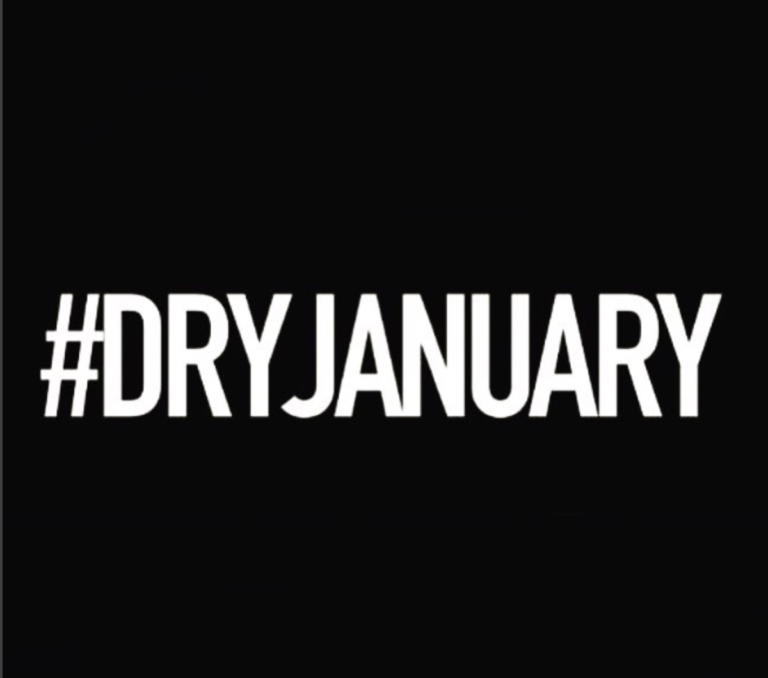“Chasing” a high is a common reaction within the world of addiction. And sometimes people can go to pretty big extremes to achieve their own sense of euphoria. Unfortunately, as we all know, the more powerful the drug, the higher the risk of an overdose. And now, certain sects of the population are turning to a dangerous animal tranquilizer called xylazine to feed their habit.
Forbes Magazine covered this latest trend, calling out multiple xylazine OD deaths in Philadelphia. According to their stats, roughly a third of the deadly heroin and fentanyl overdoses in the city also showed traces of the tranquilizer. This particular drug is described as an “extreme sedative” commonly used by zoo veterinarians to subdue large animals. The FDA has not approved it for human consumption, but that hasn’t stopped xylazine from populating the black market.
Illegal xylazine sales can be traced back to the early 2000’s, where it began appearing as a street narcotic in Puerto Rico. There, it had been labeled the “zombie drug” for its ability to create extreme numbness among its users. Part of the danger behind xylazine is its ability to drastically lower blood pressure and impair central nervous system activity. It has been known to stop heart rates and can create extreme breathing difficulties.
So far, its United States presence has been traced to major metropolitan areas (such as Philadelphia). There, xylazine has been steadily present in the city’s fatal overdoses; accounting 18 percent of the deaths in 2018 and 31 percent in 2019. Other cities mentioned in the article included New York, Detroit and Cleveland; all of which have seen similar upticks.
Quoting authors of a recent xylazine overdose report, Forbes called out that its presence may even be more common than we realize; with the possibility of it getting underreported in autopsy toxicology reports.
“Prevalence of xylazine in overdose deaths may be underreported in the rest of continental USA as xylazine may not be consistently reported if forensic toxicology was not completed at death,” the authors wrote.
Another call out was the potential availability of this drug. It is believed that horse owners may have helped traffic xylazine to street dealers, as it is not that difficult to obtain a veterinary prescription if you own a large animal. Forbes also pointed out that the life-saving opioid antidote Naloxone cannot prevent a xylazine overdose, making it all the more dangerous (and something, we believe, should be on the top of people’s radars).







